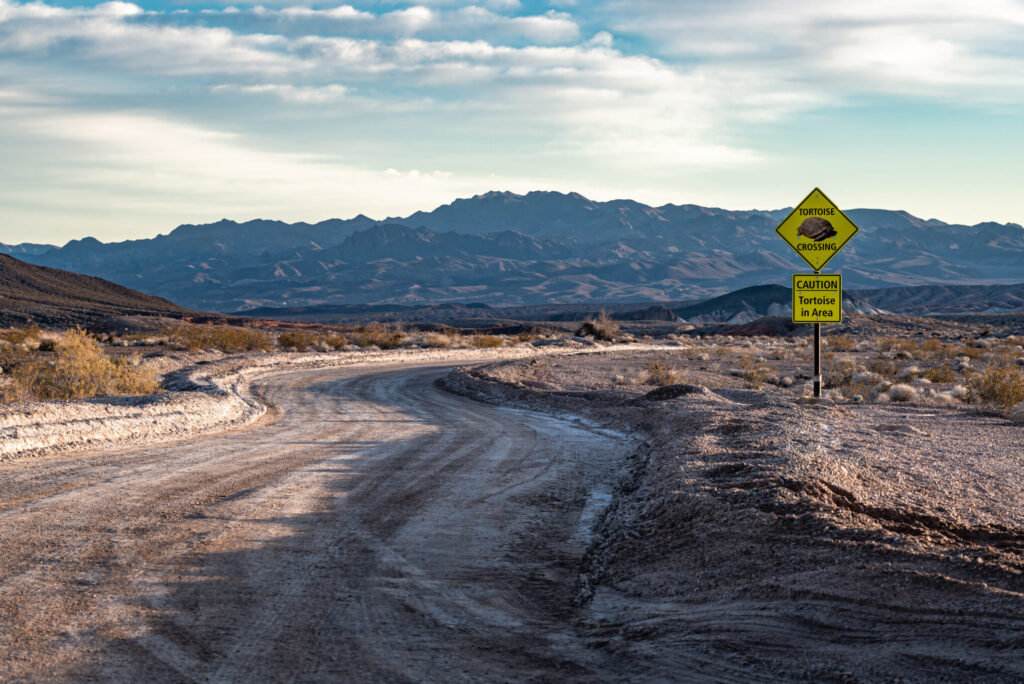
Understanding how past stressors and management efforts have influenced tortoise population declines will inform future management to restore the species.
Project Description:
Although the Mojave desert tortoise has been federally protected for more than two decades, populations of the species continue to decline. A variety of stressors have been suggested to cause tortoise populations to decline, and different conservation actions have been taken to alleviate these stressors in many areas. Despite these steps, how tortoise populations have responded to these stressors and management actions has rarely been quantified. A deeper understanding of how stressors and management influence the demographic rates of tortoise populations will help to better predict where conservation actions are most needed and can be most effective.

WIth funding from the Bureau of Land Management, and in partnership with researchers at the University of Nevada, Reno, and US Geological Survey, we have been developing demographic models using historical tortoise data from across the range of the species. These include historical mark-recapture datasets that started in the late 1970’s, telemetry data, and range-wide monitoring data collected by the US Fish and Wildlife Service. Using machine learning and Bayesian modeling techniques, we are developing layers that represent historical levels of off-highway vehicle activity and raven populations, two stressors that have been suggested as important in observed declines of tortoise populations. Additionally, we are considering other known stressors such as drought and wildfire and protective action such as retiring grazing leases. Bringing different tortoise datasets and stressors together in Bayesian hierarchical models will allow us to quantify the relationships between stressors and key vital rates, including survival and recruitment. Quantifying these relationships will allow us to simulate tortoise populations forward in time under different management actions, to better understand where reducing stressors may be the most important in regional recovery efforts.
Core Partners Include:







